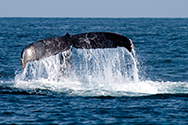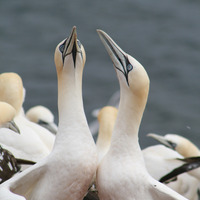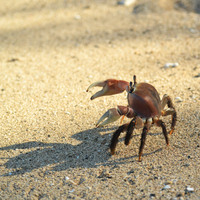Overview
Australian developments
AODCJF - Australian Ocean Data Centre Joint Facility provides a whole-of-government approach to ocean data management that aims to develop a national multi-agency data management system to manage the ocean data resources of the partner agencies through a distributed network. The AODCJF is a joint venture between six Australian Government marine data agencies - Australian Institute of Marine Science (AIMS), Australian Antarctic Division (AAD), Bureau of Meteorology (BOM), Commonwealth Science and Industrial Research Organisation Marine and Atmospheric Research (CMAR), Geoscience Australia (GA) and Department of Defence (Royal Australian Navy Hydrography and Metoc Branch). The AODCJF is engaged in projects that will develop a distributed Australian Ocean Data Network (AODN) and deliver interoperability to the marine data community.
This is currently carried out through:
IMOS - Integrated Marine Observing System is designed to be a fully-integrated, national system, observing at ocean-basin and regional scales, and covering physical, chemical and biological variables. IMOS is supported by the Australian Government through the National Collaborative Research Infrastructure Strategy and the Super Science Initiative. It is lead by the University of Tasmania (UTAS). IMOS Facilities, operated by ten different institutions within the National Innovation System, are funded to deploy equipment and deliver data streams for use by the entire Australian marine and climate science community and its international collaborators. The IMOS Ocean Portal allows marine and climate scientists and other users to discover and explore data streams coming from the Facilities. The Ocean Portal has been operational since June 2009, with data streams now available from all Facilities - some in near-real time, and all as delayed-mode, quality-controlled data. IMOS observations are guided by science planning undertaken collaboratively across the Australian marine and climate science community. This is a large, diverse, dispersed community, and it makes sense to develop the science planning through a series of integrated Nodes – a =Bluewater and Climate‘ Node focused on the open ocean, and five =Regional Nodes‘ covering the continental shelf and coastal seas of Western Australia, Queensland, New South Wales, Southern Australia and Tasmania. Leaders of the nodes come together to form a national steering committee that oversees the whole process, and Node science plans are subjected to international peer review on a rolling basis to ensure the planned science is world-class. IMOS data is freely available to all communities.
IMOS, led by UTAS on behalf of the Australian marine and ocean-climate science community, has had formal responsibility for hosting and developing the AODN since September 2009. Initially this was for the period to June 2011, but with additional funding the period has been extended to June 2013. The Strategic Roadmap for Australian Research Infrastructure, released in August 2011 includes the following =Specific Requirement‘ under the Marine Environment capability area: ?It is also important to ensure that progress in establishing the Australian Ocean Data Network (AODN) is sustained long-term, so that governments, industry and communities derive maximum value from all investments made in gathering ocean information”. IMOS will be seeking at least a further five years of funding to June 2018 to support and develop the AODN. The AODCJF Board supports this proposal as a mid-term solution, noting that governance of an IMOS/AODN Facility would need to be modified to reflect this broader mandate. The Department of Innovation, Industry, Science and Research, the government department supporting IMOS, is currently providing funds for closer Australian-EU collaborative activities in marine information, and by the end of 2011 will have signed a Memorandum of Understanding supporting closer collaboration in marine science with New Zealand, which will link New Zealand data into the AODN.



